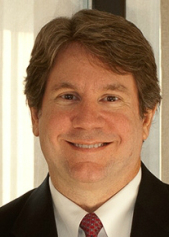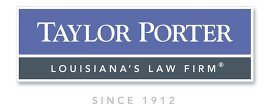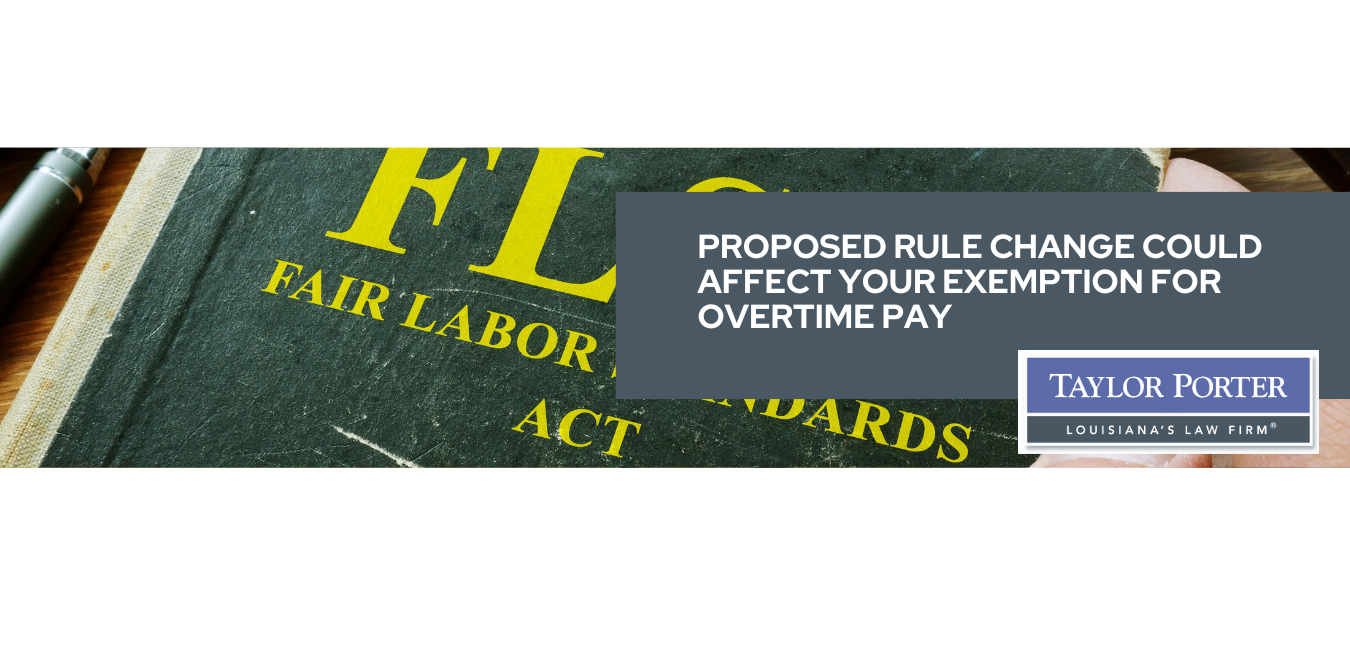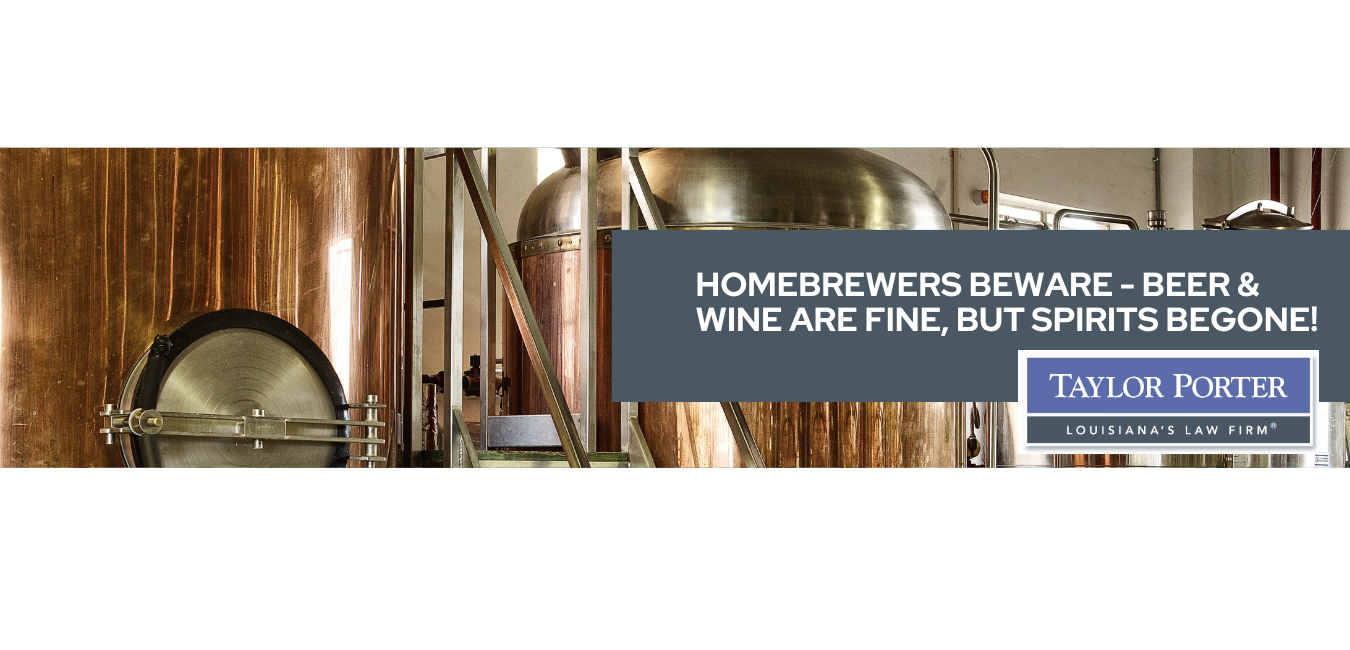Types of Trademarks
By Marc Whitfield
Partner, Taylor Porter
marc.whitfield@taylorporter.com
Strong Versus Weak Trademarks
 Not all trademarks are considered equal. Some trademarks are viewed as being “strong” trademarks while others are considered “weak” trademarks. The difference is significant since trademark laws generally provide greater protection for strong marks versus weak marks. As a general rule, unusual marks are more likely to qualify as “strong” marks whereas descriptive marks are viewed as “weak” marks. If a mark is “weak,” it most likely is descriptive and others are already using it to describe their goods or services, making it difficult for the mark to actually function as a trademark by distinguishing one person’s good or services from another’s. For these reasons, weak marks should be avoided since they simply do not have the same legal protections of a stronger and more distinctive mark.
Not all trademarks are considered equal. Some trademarks are viewed as being “strong” trademarks while others are considered “weak” trademarks. The difference is significant since trademark laws generally provide greater protection for strong marks versus weak marks. As a general rule, unusual marks are more likely to qualify as “strong” marks whereas descriptive marks are viewed as “weak” marks. If a mark is “weak,” it most likely is descriptive and others are already using it to describe their goods or services, making it difficult for the mark to actually function as a trademark by distinguishing one person’s good or services from another’s. For these reasons, weak marks should be avoided since they simply do not have the same legal protections of a stronger and more distinctive mark.
Trademark Classifications
Aside from the broader concept of strong versus weak marks, trademarks generally fall into one of five categories: (i) fanciful, (ii) arbitrary, (iii) suggestive, (iv) descriptive, or (v) generic. The category your mark falls into will significantly impact both its registrability and your ability to enforce your legal and proprietary rights in the mark. For more information regarding registered versus unregistered trademarks, see Registered Versus Unregistered Trademarks.
Fanciful Marks
The strongest and most easily protectable types of marks are fanciful marks and arbitrary marks, because they are inherently distinctive. Fanciful marks are invented words with no dictionary or other known meaning. An example of a fanciful mark is XEROX or EXXON since these are examples of words that do not exist in every-day language.
Arbitrary Marks
Arbitrary marks are actual words with a known meaning that have no association/relationship with the goods or services for which the mark is associated. Arbitrary marks consist of words that are part of every-day language, but which are arbitrarily applied to a particular good. For example, BLUE BELL as applied to ice cream is arbitrary, APPLE as applied to computers, or FISH SAVINGS as applied to a bank.
Suggestive Marks
Suggestive marks suggest, but do not describe, qualities or a connection to the goods or services. Suggestive marks are also considered “strong” marks. If you do not choose a fanciful or arbitrary mark, a suggestive mark is your next best option. An example of a suggestive term is “PENGUIN” for refrigerators since the mark suggests some characteristics of the goods to which it attached. Other examples of suggestive marks include QUICK N’ NEAT for “pie crust” and GLANCE-A-DAY for “calendars”
Descriptive Marks
Descriptive marks are words or designs that describe the goods and/or services (e.g., depiction of a television for “television repair services”). Such marks are generally considered “weaker” and therefore more difficult to protect than fanciful and arbitrary marks. In certain circumstances, it is possible for a descriptive mark to acquire distinctiveness if the mark has been extensively promoted and used in commerce over a five-year period or longer. However, descriptive marks are considered “weak” trademarks unless or until they have acquired true distinctiveness.
Unfortunately, many companies frequently choose descriptive marks for their goods and/or services, believing that such marks reduce the need for expensive consumer education and advertising because consumers can immediately identify the product or service being offered directly from the mark. This approach, while perhaps logical marketing advice, often results in the adoption of a mark that cannot be easily protected, if at all. That is, a descriptive mark may not be registrable or protectable against later users of identical or similar marks. Examples of descriptive marks include BRIGHT LIGHT for lamps and HOT AND DELICIOUS for soup.
Generic Marks
Generic words are the weakest types of “marks” and cannot even qualify as legally valid trademarks. These types of marks cannot be registered or enforced against third parties. Most generic marks began as bonafide trademarks that later lost their ability to identify the single source of the goods or services once the public began to generally use the term to refer to a product or service being provided by multiple sources. Because generic words are the common, everyday name for goods and services and everyone has the right to use such terms to describe or refer to their goods and services, they are not protectable. Examples of “generic” marks are “ESCALATOR” for moving walkways, “POPSICLE” for flavored ice on a stick, and “JUMBOTRON” for large screen public televisions.
This website is for general information purposes only. Information posted is not intended to be legal advice. For more information, please see our Disclaimer message.
See how we can help. Contact us today
8th Floor • 450 Laurel Street • Baton Rouge, LA 70801 • 225-387-3221
- Disclaimer
- © Taylor, Porter, Brooks & Phillips L.L.P. All rights reserved.






